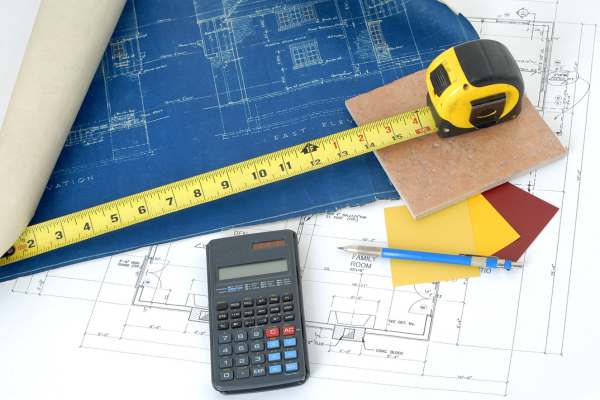.png)
Cracking the BIM Code: AEC's Guide to Estimation Excellence
BIM, or Building Information Modeling, is more than just a buzzword in the Architecture, Engineering, and Construction (AEC) circles. It's the game changer, transforming how we envision, plan, and bring our architectural dreams to life. Today, we're stepping into BIM estimation, revealing practices that stand tall as industry gold standards.
First things first. BIM is more than just another techy acronym we toss around at conferences. It's the spine of modern construction. Imagine a digital model of your project that doesn't just look pretty but comes loaded with data about every nook and cranny. That's BIM for you. But how do we use it for spot-on estimations?

Accuracy is the name of the game. When diving into BIM for estimation, it's crucial to ensure the data you input is precise. From material specs to labor hours, your BIM tool is only as good as the info you feed it. Remember, "garbage in, garbage out."
Speaking of data, consistency is vital. Standardizing your data inputs across all projects ensures you're not comparing apples to oranges. Whether estimating a skyscraper or a shed, using a consistent data format can save you from severe headaches.
Now, let's talk collaboration. In the AEC world, teamwork makes the dream work. Sharing your BIM models with stakeholders keeps everyone in the loop and can catch potential oversights. Encourage open lines of communication. It's like giving your project a safety net.

Training? Oh, it's a must. The world of BIM is ever-evolving. Regular training sessions ensure your team is always up-to-date with the latest tools and tricks. Just to remind you, a well-trained crew is your best asset in the estimation game.
Lastly, embrace adaptability. With its rapidly evolving tech and trends, the AEC industry is like a river—always moving and constantly changing. Be open to feedback, ready to adapt, and always looking for ways to refine your BIM estimation process.
Are you feeling the weight of responsibility? Don't! Think of BIM estimation as an art. It's a dance between data and design, precision and passion. And with the right practices in place, it's a dance that can lead to spectacular results.
In the end, BIM estimation isn't just about numbers; it's about building dreams on solid ground. It's the harmony of design, data, and dedication. So, to all our AEC stars out there: Keep honing your craft, keep raising the bar, and most importantly, keep building the future. We're right here, cheering you on!